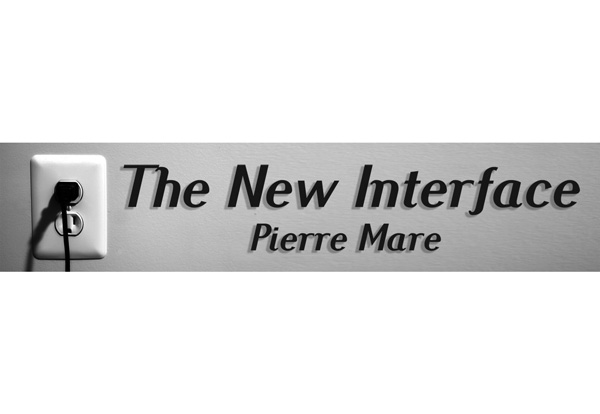
Innovation – Generating Ideas
Background
We are currently looking at the innovation process. In the previous article I looked at the critically important step of how to frame innovation challenges. The key take out was that the way you frame a problem profoundly influences the solutions you get and before jumping right into solving a problem, step back and invest time and effort to improve your understanding of it. After framing the challenge, the next step is to generate ideas. I am now working from the assumption that some thought has gone into framing the challenge, i.e. rather asking for “ways to make a job easier” than asking for “ways to increase productivity”. Before discussing the idea generation step, I want to emphasize again that I firmly believe that all people are inherently creative and can add value to the idea generation process.
Generating ideas
For the process step of generating ideas, you will find that there are many various methodologies and techniques available that can be applied to stimulate idea generation. Of these, brainstorming is by far the most well-known and widely used. I am an avid student of idea generation techniques and I can tell you that there are many opposing views on the usefulness and effectiveness of brainstorming. I do not want to go into the details of this discussion here, I will dedicate a later article to brainstorming and other idea generation techniques, but for now take note that there are many alternatives to brainstorming.
For this discussion, I want to focus on the practicalities of the idea generation process step. There are two important issues that need to be considered for this step. The great quantum physicist, Dr. Linus Pauling (one of only four individuals to have won more than one Nobel Prize) said: “The best way to have a good idea is to have a lot of ideas”. So it is important to collect as many ideas as possible for a specific challenge. Ideas lead to ideas, and even a “not so good” idea can contain information that can trigger another great idea. The other issue that you need to keep in mind is that there is no such thing as a lone genius coming up with a million dollar idea all by himself. Idea generation is a collaborative exercise. Remember creativity is the combination of existing concepts to form a new concept, and as soon as people start discussing ideas and sharing information, new connections are made and the idea evolves and becomes more and more workable. The last thing to keep in mind, which I will also discuss in a later article, is the fact that if you start getting in hundreds of ideas, it becomes a huge administrative burden to read all the ideas, categorise and group them, score them, share them and build on them. Depending on the size of your innovation effort, it might be worthwhile to look at an Idea Management System to manage innovation challenges, submission of ideas and implementation activities.
Next Time
Since creativity and creative thinking are catalysts for the idea generation phase, I will demystify these concepts in the next article and also discuss a couple of useful idea generation techniques. Since I already referred to his wisdom, I will conclude with another quote by Dr. Linus Pauling: “Satisfaction of one’s curiosity is one of the greatest sources of happiness in life.”













































